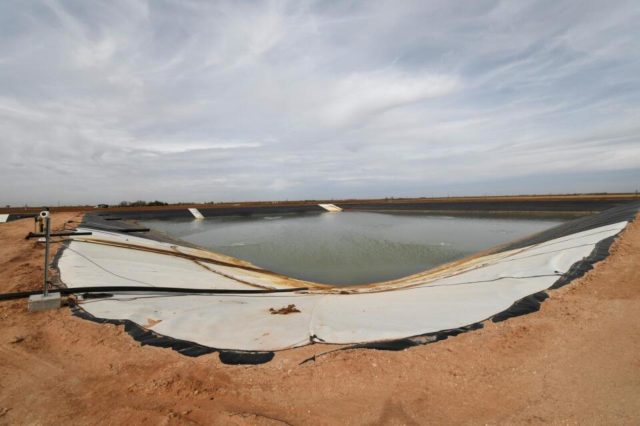The storage in the Northern Cape is currently at 136.6 million cubic metres or 92.7% of the full storage capacity of 147.3million m3.
WHILE parts of the Northern Cape remain dry, with the Karee Dam currently empty, the recent rains have seen an increase in the overall dam levels in the Province.
The storage in the Northern Cape is currently at 136.6 million cubic metres or 92.7% of the full storage capacity of 147.3million m3.
The increased dam levels are expected to boost the government’s campaign for water availability in its fight against the coronavirus as all citizens are required to wash their hands frequently in order to minimise the spread of the virus.
Department of Water and Sanitation spokesperson Sputnik Ratau said on Friday that the Douglas Storage Weir on the Vaal River is currently at 18.196 million m3 or 112% full. The full supply capacity of the weir is 16.245 million m3. Boegoeberg Dam on the Orange River is at 22.032 million m3 or 106.9%, Spitskop Dam on the Harts River is at 59.611 million or 103.1% full, with the Vaalharts Weir at 36.745 million m3 or 72.5% full.
The water level of the Karee Dam, which serves Calvinia, is however currently empty. “This is a clear indication of the severity of the drought in parts of the Northern Cape,” Ratua said.
“It should be noted that only the Karee Dam is a storage dam in the Northern Cape. The other dams are used as transient storages and have much smaller capacities than the larger storage dams in other provinces, especially the Free State. As a result, the levels vary from week to week as they are fed from other upstream dams on the Vaal and Orange rivers.”
Ratau pointed out that improved levels in most parts of South Africa would help municipalities throughout the country to refill water tanks that were depleted by an increased demand for water. “For the past month the department has been rolling out the distribution of JoJo tanks among municipalities to help destitute communities.”
The number of tanks allocated to the Northern Cape has increased from last week’s 826 to 901 tanks.
“Municipalities are encouraged to connect installed tanks to reliable water reticulation and sources in order to ensure security of supply,” Ratau added.








